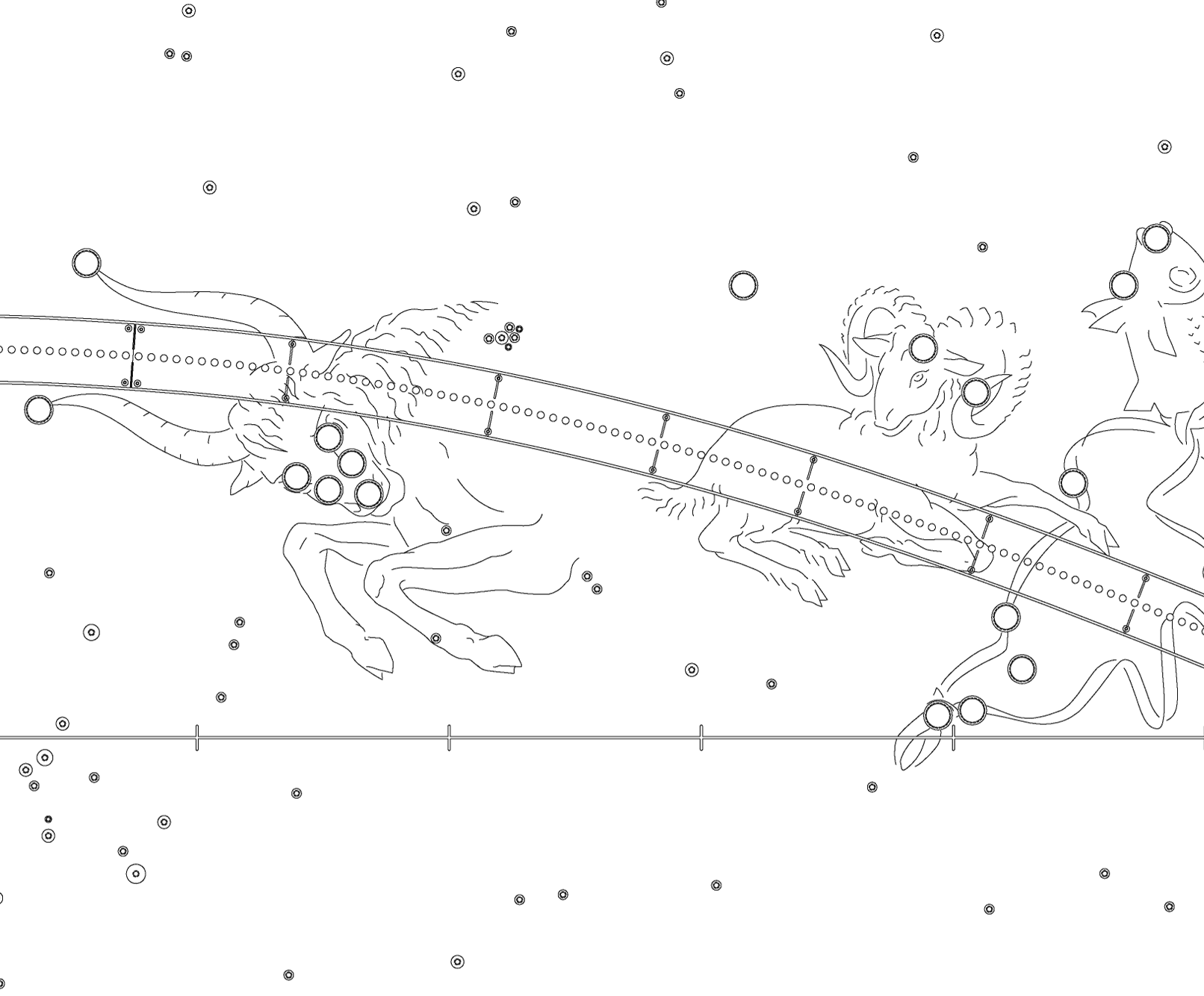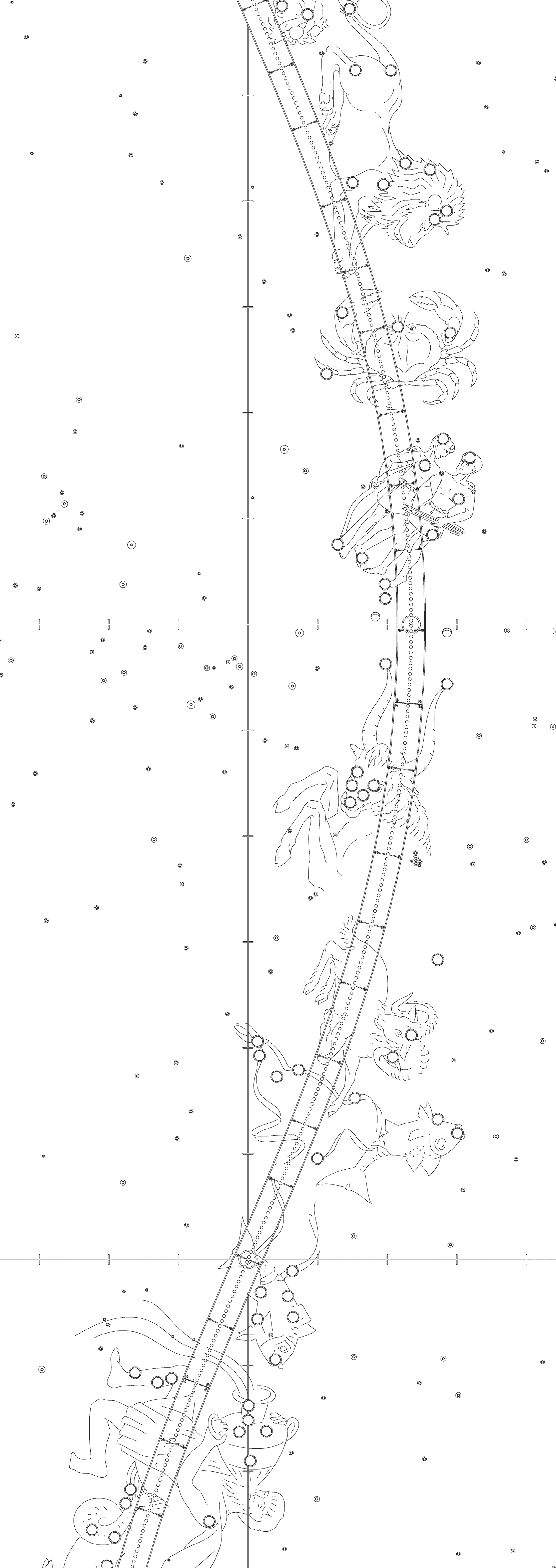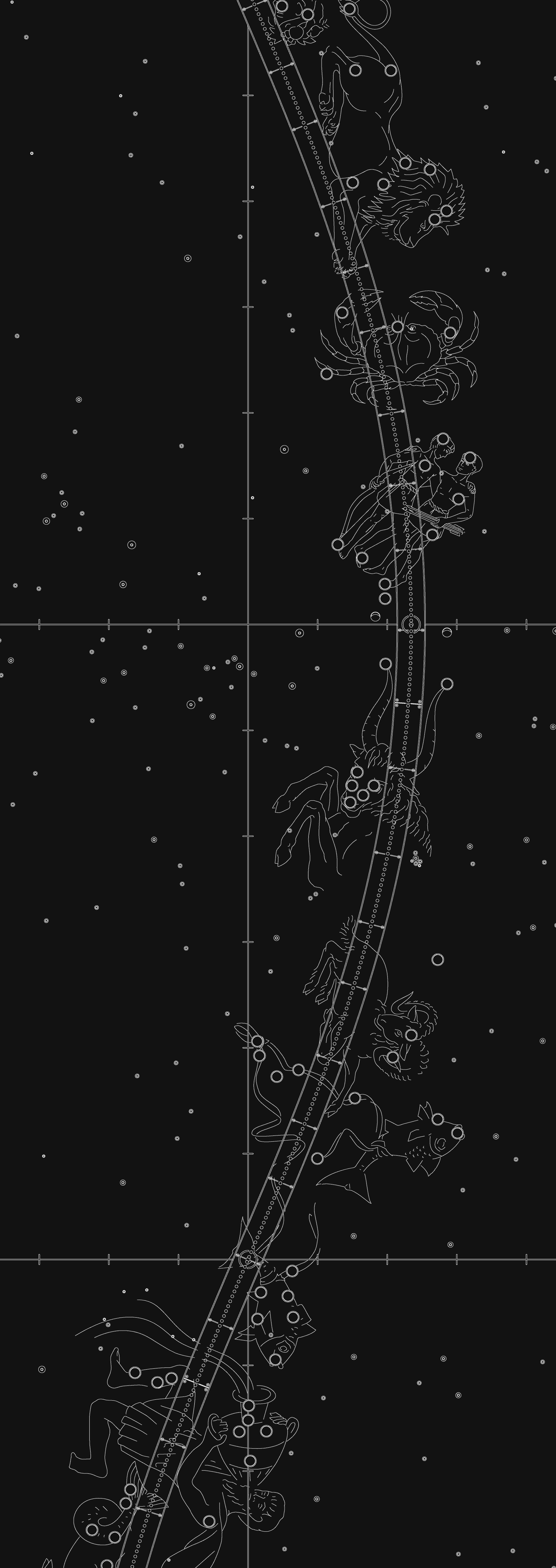Solar Eclipse – April 8, 2024
Live online remote broadcast by the Griffith Observatory team of the total solar eclipse from Arkansas.

Upcoming Eclipse Events at Griffith Observatory
On Monday, April 8, 2024, most of the United States, Mexico, and Canada will experience a solar eclipse. Along the narrow “line of totality” (from Mazatlán, Mexico, to Newfoundland, Canada), viewers will experience a total eclipse, where the Moon fully blocks the light of the Sun for several minutes. Elsewhere in North America, including Los Angeles, there will be a partial eclipse. The next solar eclipse in North America won’t occur for another two decades.
Griffith Observatory is hosting a live online broadcast of the total solar eclipse from Belton, Texas, on Monday, April 8, from 10:00 a.m. to 1:00 p.m., PDT.
You can follow the Observatory broadcast team, Foundation trip participants in Texas and Mexico, and Observatory staff across the continent using #OBSeclipsewatch2024 on Observatory and Foundation social media channels and via our Eclipse Watch 2024 web page.
The Observatory is not hosting an in-person viewing event for the partial solar eclipse in Los Angeles. We encourage everyone to purchase eclipse glasses or Solarama devices prior to April 8 at the Observatory’s Stellar Emporium book store and to watch the partial eclipse in Los Angeles from home. Just make sure you have a clear view of the southeastern sky; see the viewing map below.
IT IS ESSENTIAL TO WEAR PROPER EYE PROTECTION WHEN LOOKING AT THE SUN! Anyone watching the eclipse in Los Angeles (and everywhere else except during the 3-4 minutes of total eclipse in the path of totality) needs to do so with proper eye protection (affordable, safe eclipse glasses and viewers). You do not need a telescope to see the eclipse.




Solar Eclipse Timeline (All Times PDT)
| 10:00 a.m. | Online broadcast begins |
| 10:06 a.m. | Partial eclipse begins in Los Angeles |
| 10:19 a.m. | Solar eclipse begins in Texas (broadcast) |
| 11:12 a.m. | Maximum partial eclipse in Los Angeles |
| 11:37 a.m. | Totality begins in Texas (broadcast) |
| 11:41 a.m. | Totality ends in Texas (broadcast) |
| 12:22 p.m. | Partial eclipse ends in Los Angeles |
| 12:59 p.m. | Solar eclipse ends in Texas (broadcast) |
| 1:00 p.m. | Online broadcast ends |
Visiting
The Observatory is NOT hosting a public viewing event on April 8 for the partial solar eclipse. We encourage you to watch the eclipse, with the proper viewing devices, from wherever you are (just have a clear view to the southeast). If you decide to come to the Observatory to view the eclipse on your own (with your own eclipse glasses), please be aware of the following:
- Parking / Access. Observatory parking is limited. Vehicle access to roads and parking areas in Griffith Park near the Observatory may be suspended as needed.
- Safety. For visitor safety, NO outside or personally-owned telescopes are permitted on the Observatory’s grounds.
- Prohibitions. No lawn furniture, coolers, or extensive photo equipment are permitted on Observatory grounds.
What Is a Solar Eclipse?
As seen from Earth, a solar eclipse occurs when the Moon passes between the Sun and the Earth and fully or partially blocks the Sun.
TOTAL SOLAR ECLIPSE

On April 8, a narrow pathway (the “path of totality”) from Mexico to Canada will see a total eclipse. The Moon and Sun will be perfectly-aligned, and that pathway on Earth falls completely into the shadow caused by the Moon moving between Earth and Sun. The map above, from NASA, shows the pathway of totality and allows you to see what cities will see the total eclipse and when they will see it. You can also consult this interactive map from the National Solar Observatory to zoom in on a particular area. This is the last total solar eclipse in the continental U.S. until 2044 (there is a total eclipse visible in Alaska in 2033).
The Observatory online broadcast team will be in central Texas to stream the entire total solar eclipse from that location. The broadcast will be available from 10:00 a.m. to 1:00 p.m. PDT. Griffith Observatory Foundation organized eclipse watching tours to Texas and Mexico, and our broadcast team will be alongside the Foundation trip members in Texas.
PARTIAL SOLAR ECLIPSE

Los Angeles is not in the path of totality, and so observers here will see a partial eclipse, which occurs when the Moon and Sun are not exactly in line and only a portion of the Sun’s disc is blocked. In Los Angeles on April 8, 2024, the Moon will cover 57 percent of the Sun’s diameter and 49 percent of the Sun’s area. This compares to 78 percent of the diameter and 71 percent of the area in the last partial solar eclipse on October 14, 2023. The next partial eclipse visible in Los Angeles will be on January 14, 2029, the Moon will cover 62 percent of the Sun’s diameter and 52 percent of the Sun’s area.
The Observatory is not hosting an in-person viewing event for the partial solar eclipse in Los Angeles.
Proper eye protection is ESSENTIAL to shield the eyes from dangerous and blinding solar radiation.
To learn more about eclipses, please visit our eclipse info page.
Advice for Viewing
Except during the 3-4 minutes of a total solar eclipse, IT IS ESSENTIAL TO WEAR THE PROPER EYE PROTECTION WHEN LOOKING AT THE SUN! Affordable, safe eclipse glasses and Solarama viewers are available at the Observatory’s Stellar Emporium book store and gift shop (both in person and online) in advance of April 8. You do not need a telescope to view an eclipse, and you do not need to go to a special location. In Los Angeles, just make sure you have a clear view of the southeastern sky and a pair of eclipse glasses or a Solarama viewer.
One-Minute Time Lapse of 2023 Partial Solar Eclipse (Los Angeles)
The video above is a compression of 2 hours and 42 minutes of eclipse observation by the Observatory compressed into a one-minute timelapse.